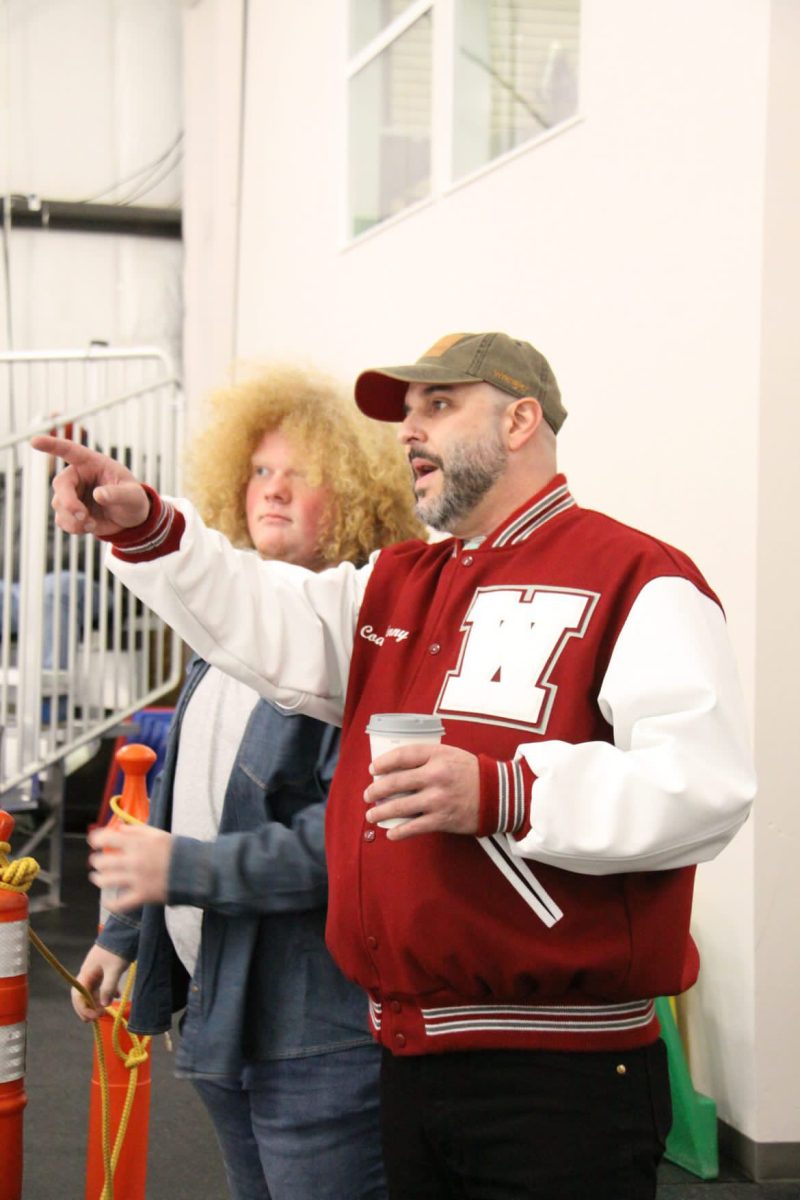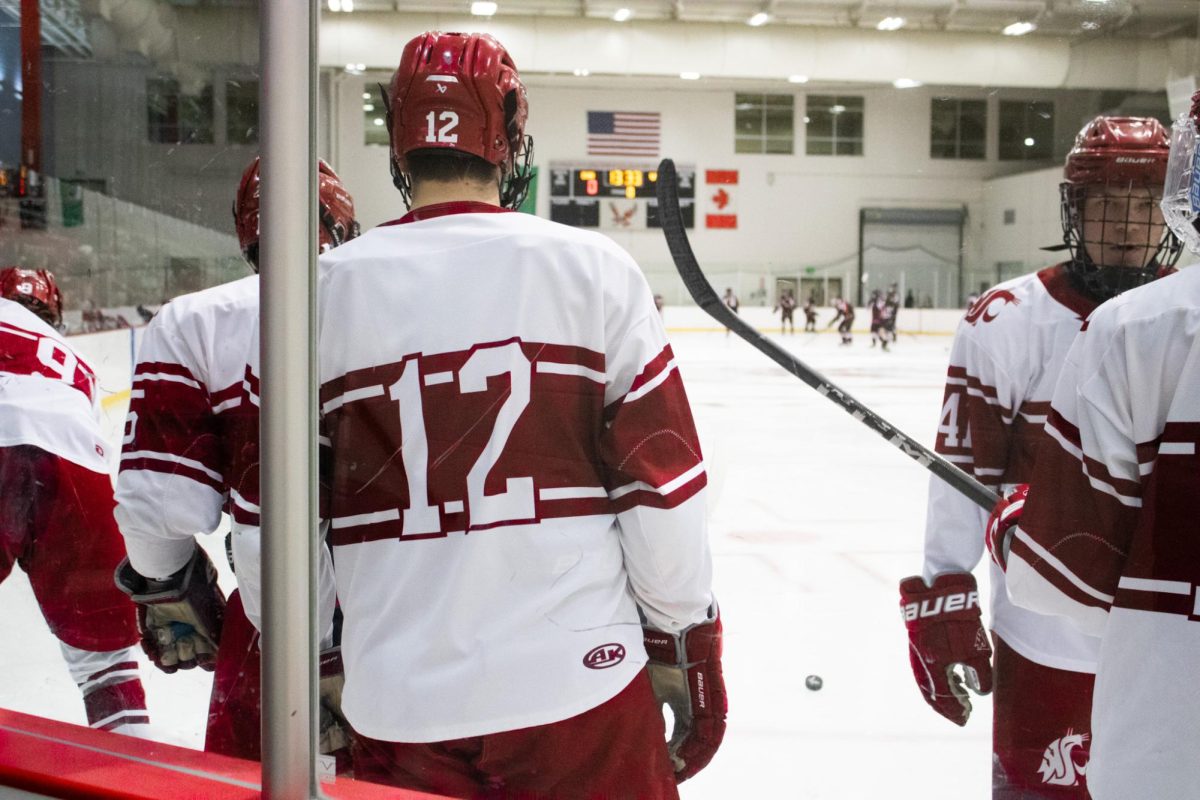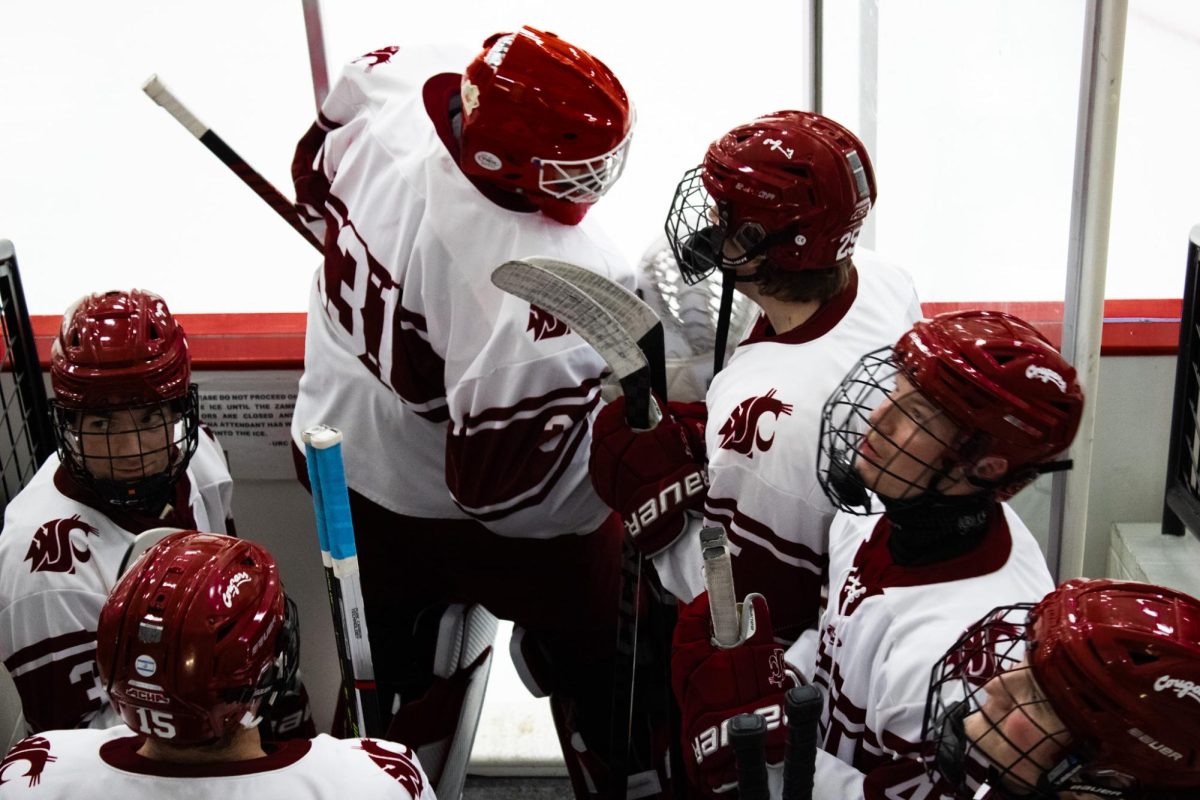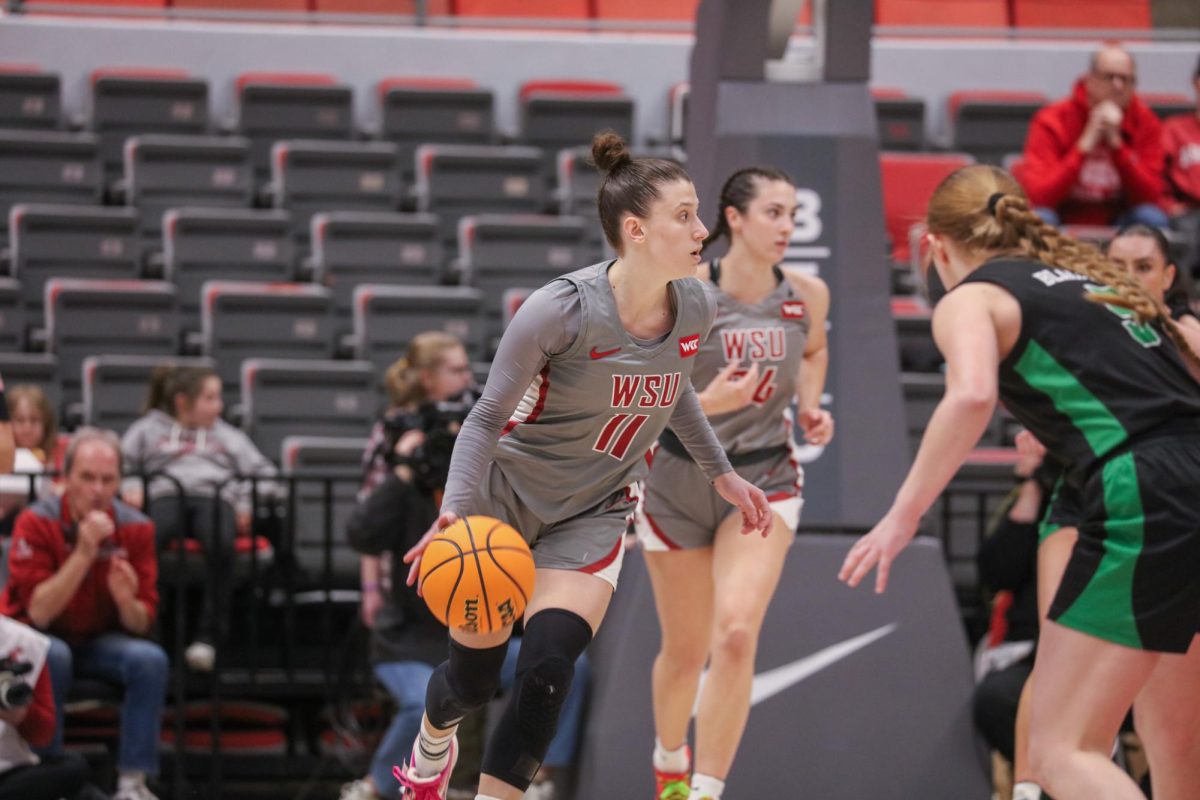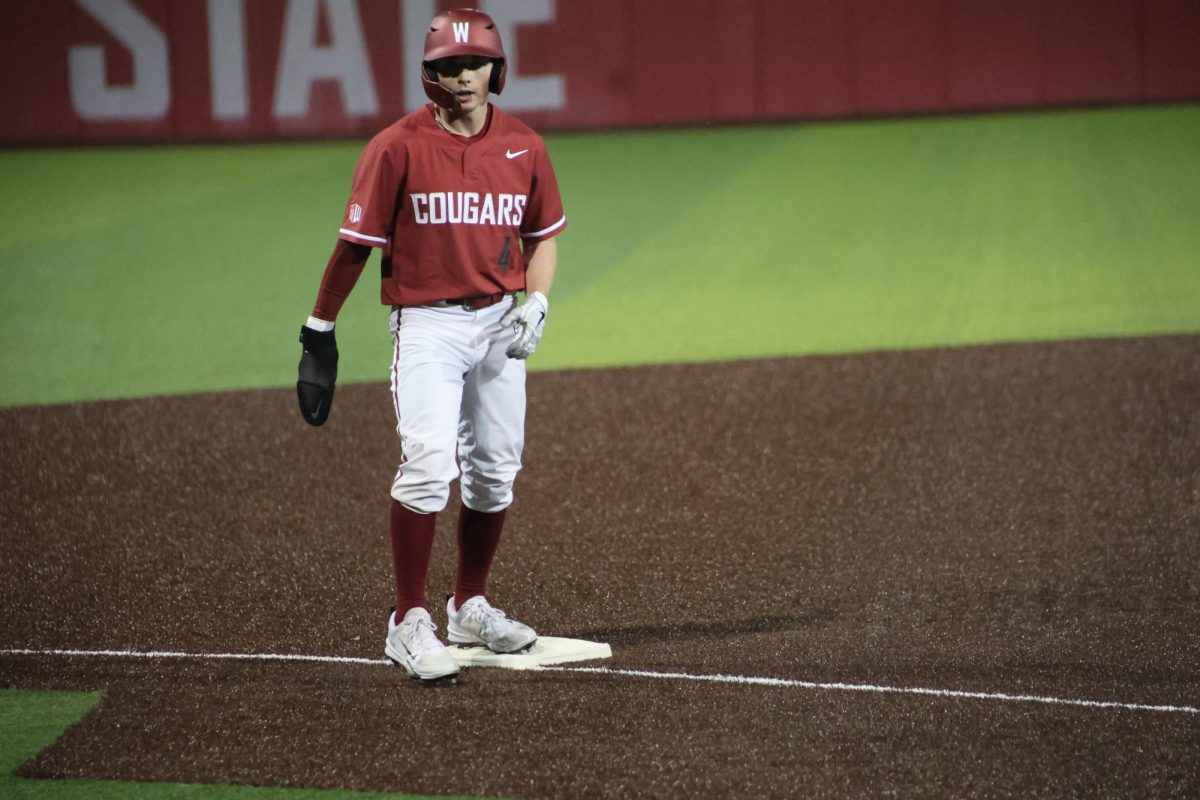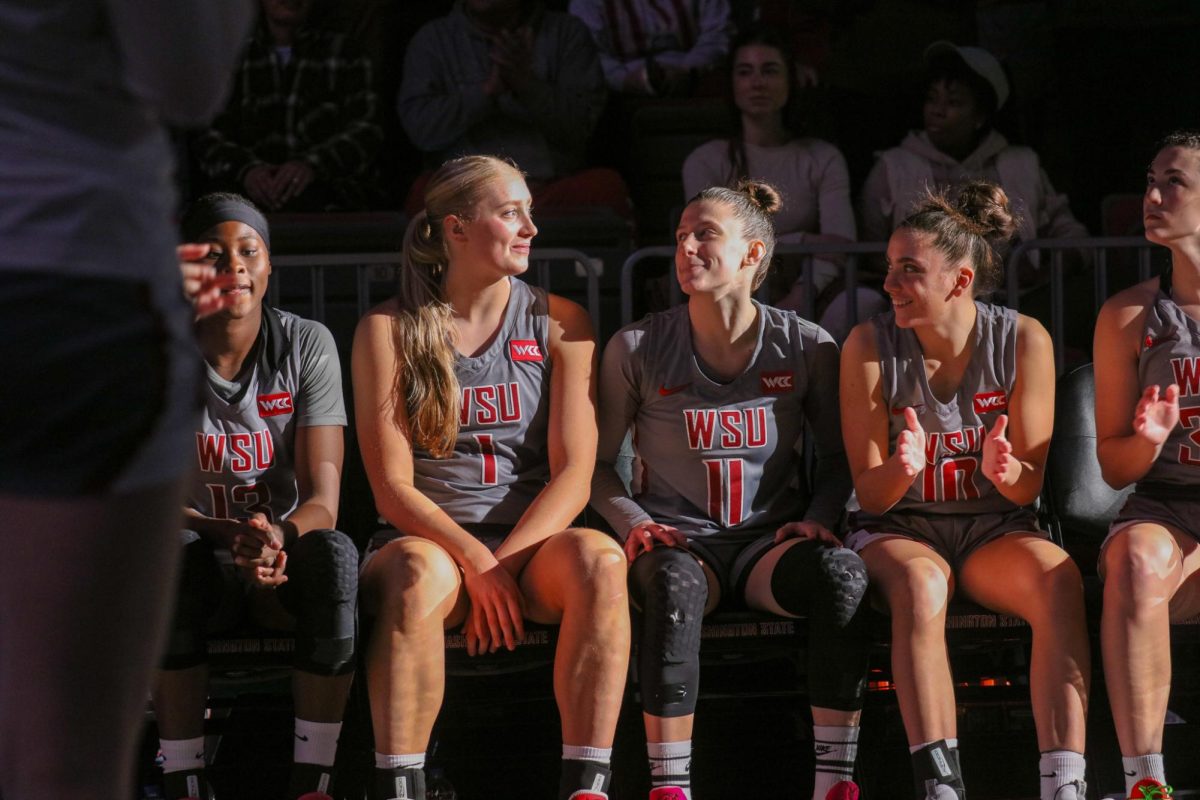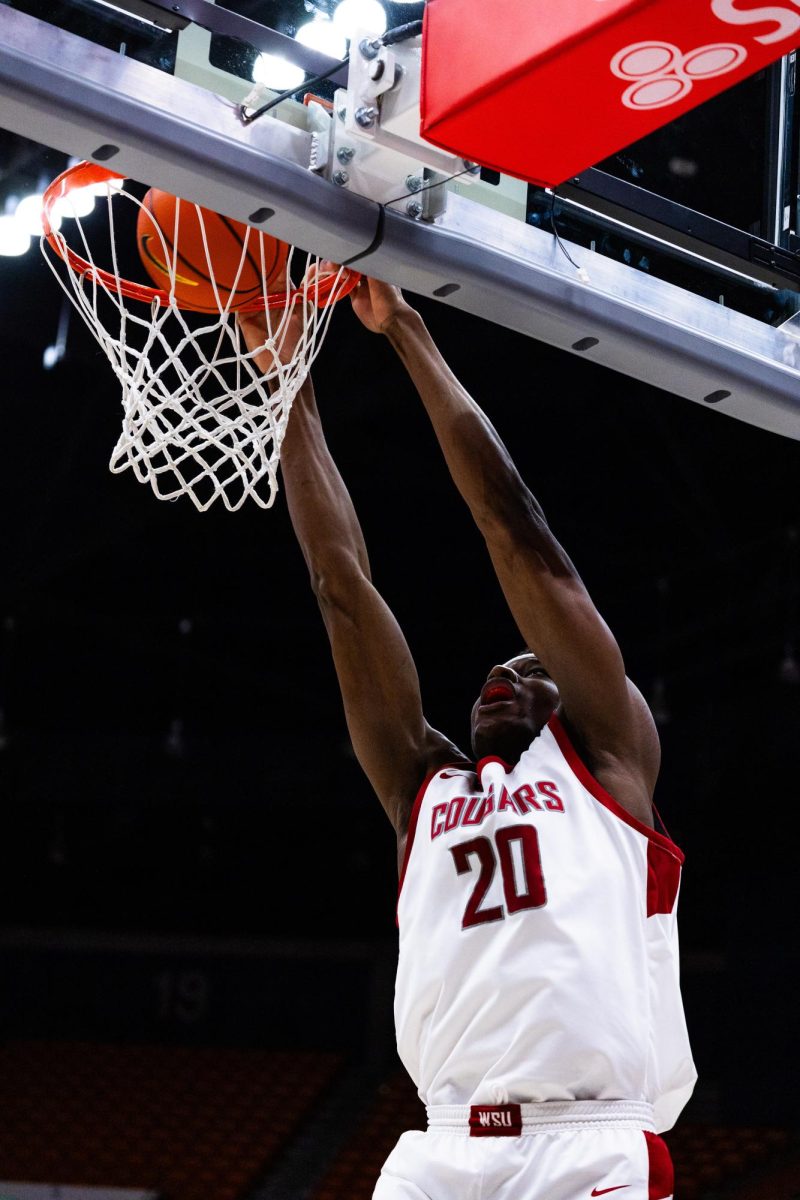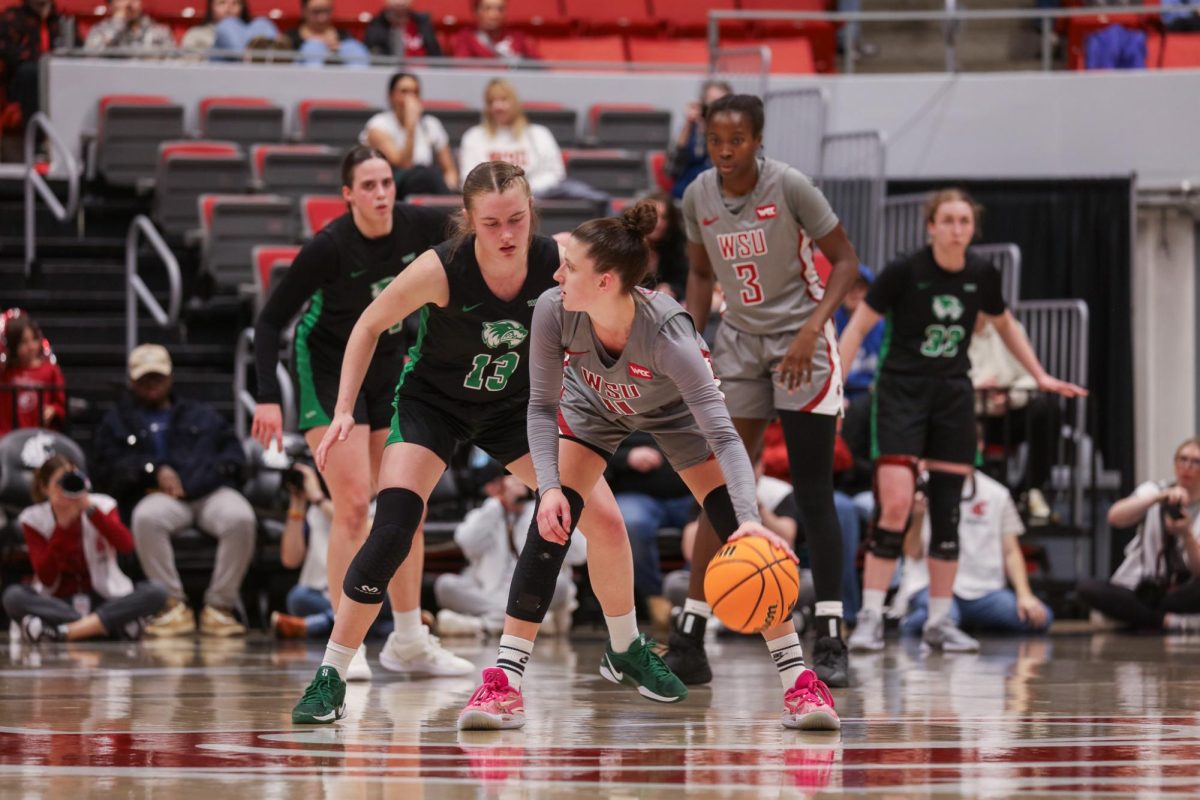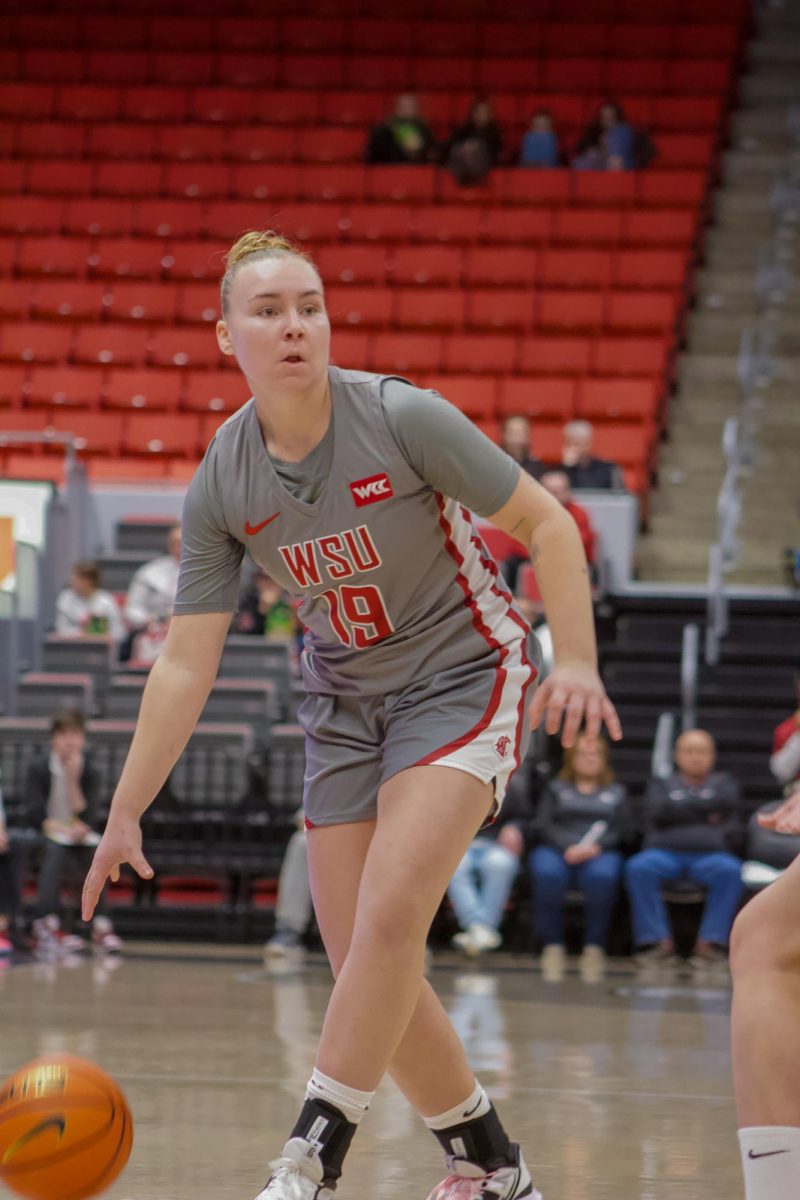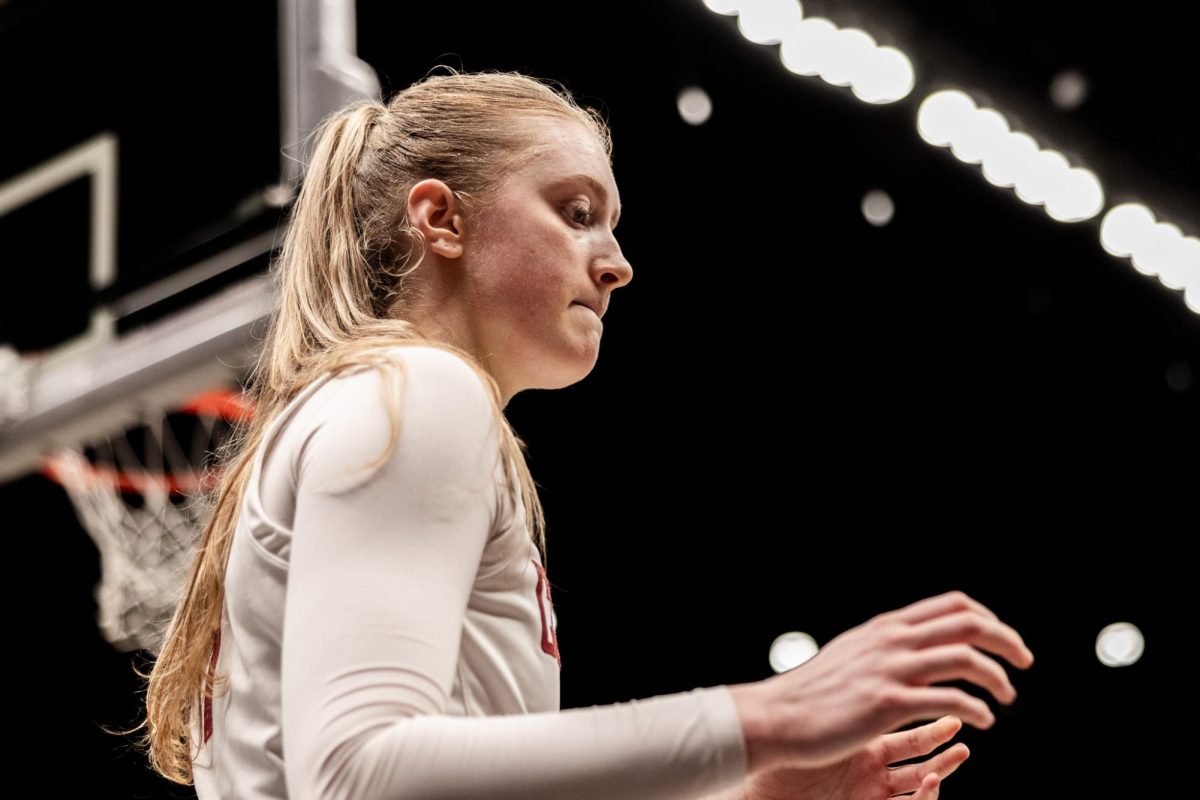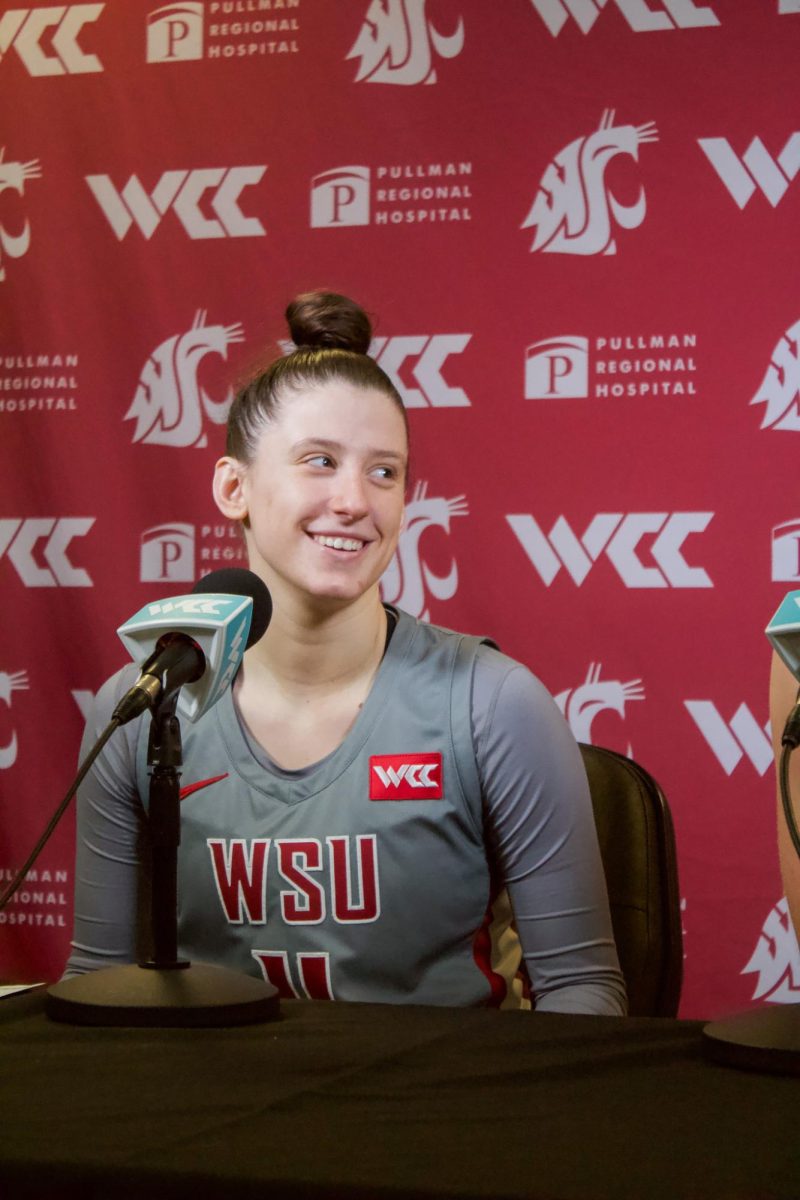Building a professional league from the ground up in half a year is no easy feat, but Billie Jean King said it best at the PWHL’s inaugural draft: “Trailblazing is bold. It’s brave. And it can be very scary.”
After six months of development, the Professional Women’s Hockey League hit the rink Jan. 1, opening with a shutout as New York took a 4-0 victory over Toronto.
In less than a month, this new league has continued to both set and break records, with 13,316 fans in attendance to watch Minnesota and Montreal Jan. 5.
Interest in women’s hockey is far from new and the PWHL is not the first attempt to put women on the ice. Before the PWHL came the National Women’s Hockey League (1999–2007), the Western Women’s Hockey League (2004–11), the Canadian Women’s Hockey League (2007–19) and the Premier Hockey Federation (2015–23).
Though each of these leagues was unique — the CWHL, for example, operated as a non-profit, offering its players stipends and bonuses on a case-by-case basis — their existence proves that interest in women’s hockey is nothing new.
This new era, however, is not to be ignored.
What makes the PWHL different from its predecessors is the prioritization of the unique needs of a women’s league. I believe that the proper steps have been taken to prioritize its longevity, and because of this, the league has every reason to succeed.
Consisting of six franchises — Montreal, Toronto, Ottawa, Boston, New York and Minnesota — the PWHL has prioritized play over branding. Each team was initially given a name that was later rescinded. Additionally, the team kits for each franchise remain simple, differentiated by the teams’ colors with their home cities written diagonally across the front of each jersey. Both of these choices were met with fan critique, but realistically, this strategy will allow for ongoing development as each franchise finds its personality.
“When you come out with a team name, you want to have a full brand story, why the imagery and the logo, why the colors, why the name. And I just didn’t feel that we should rush it because you can’t walk back from it,” Amy Scheer, senior vice president of business operations of the PWHL, said to the Athletic.
Though not the first of a kind, the caliber of play sets the PWHL apart from the leagues before it. The PWHL is the first women’s league designed to include the world’s greatest players, an amalgamation only before seen within Olympic teams.
Networks TSN, CBC and Sportsnet currently provide coverage of the PWHL in Canada, whilst American and international fans can access all games on live streams via YouTube. It’s important to note that unlike the NHL — which remains behind the paywalls of various streaming services — anyone in the United States can watch PWHL games for free, making women’s hockey easily accessible.
This is crucial for many reasons. Media coverage remains one of the largest hurdles within women’s sports, which are anticipated to receive 20% of all sports coverage by 2025. Coverage of women’s sports often receives a lack of primetime airtime. And, when coverage is established, media outlets often push a hyper-feminine narrative that appeals to gender-normative ideas of womanhood, reducing female athletes to their bodies and their roles as wives and mothers.
It’s a vicious cycle. To have coverage, a league must have to have funding. To have funding, a league must have demand. To have demand, a league must provide coverage…
It goes to say that investment in women’s sports is critical. For a project as ambitious as the PWHL — which, I’ll remind you, did not exist seven months ago — funding must come from somewhere. And unlike other popular women’s leagues (such as the WNBA, which is subsidized by the NBA) the PWHL receives no financial backing from the NHL.
“They are operating under a single-entity ownership structure with the funding and support of the Mark Walter group, so they have the financial resources that they need,” Susan Cohig, NHL executive, said to CBC.
Mark Walter, CEO of Guggenheim Partners, is also the chairman and controlling owner of the Dodgers and co-owner of the Premiere League’s Chelsea FC. Walter heads the PWHL alongside sporting hero, Billie Jean King.
With proper financial backing, players’ salaries range from $35,000–$80,000 in addition to “salary-protected pregnancy leave, facilities for nursing mothers, and optimized scheduling and travel accommodations to prioritize player health and safety,” according to The Gist.
With steady financial backing, accessible viewing and high-quality play, the PWHL has set a new standard in just six months. The challenges that have hindered other women’s leagues are addressed head-on by the PWHL and I think that its opening weeks of the 2024 season have been nothing short of thrilling.
Female athletes are deserving of the same opportunities enjoyed by their male counterparts. Built upon swift action, efficiency and some of the top talent in the world, the PWHL stands a fighting chance at becoming something great and sets a new standard for women’s professional leagues.




